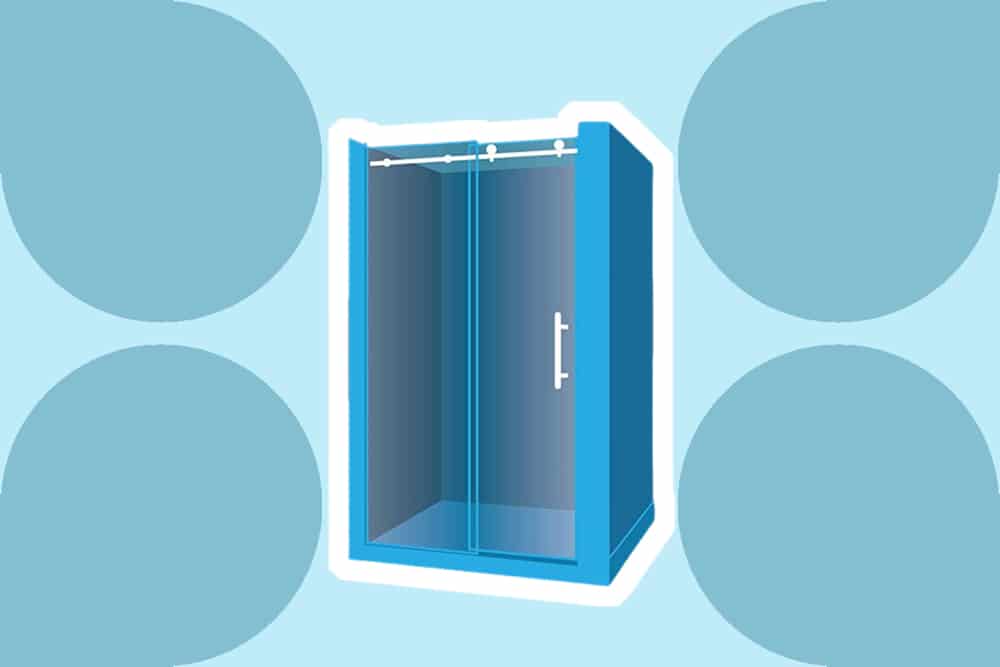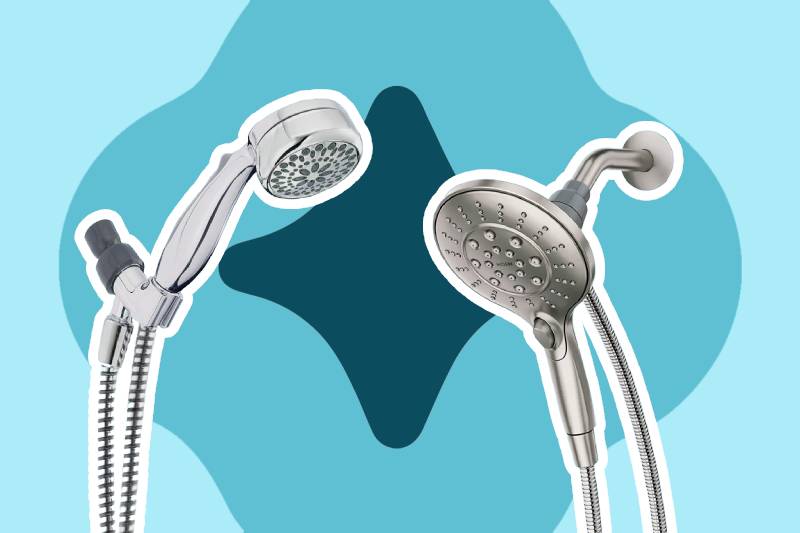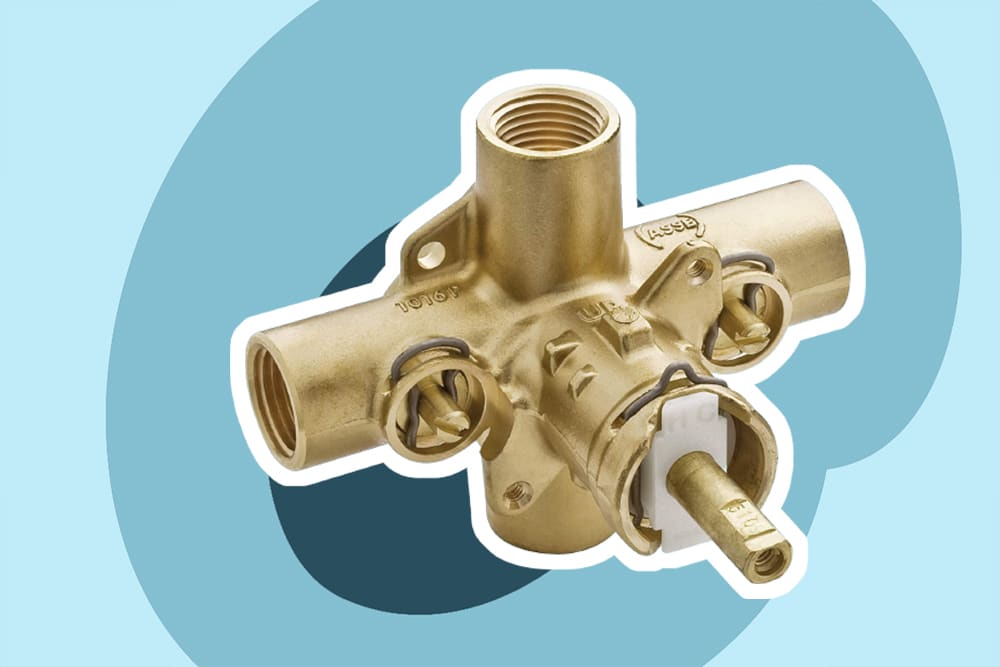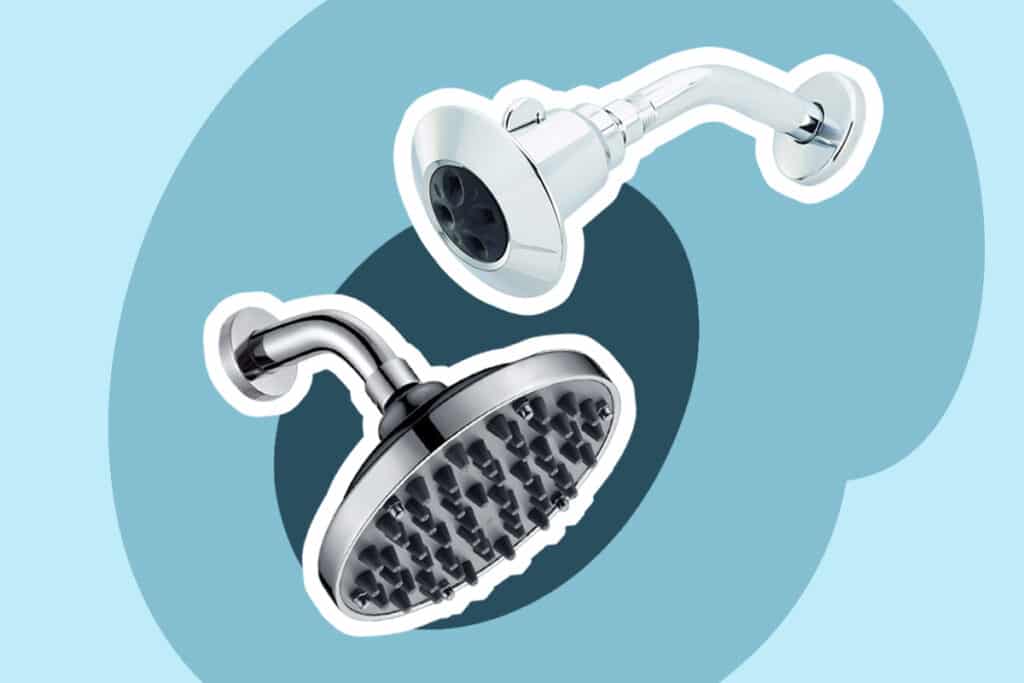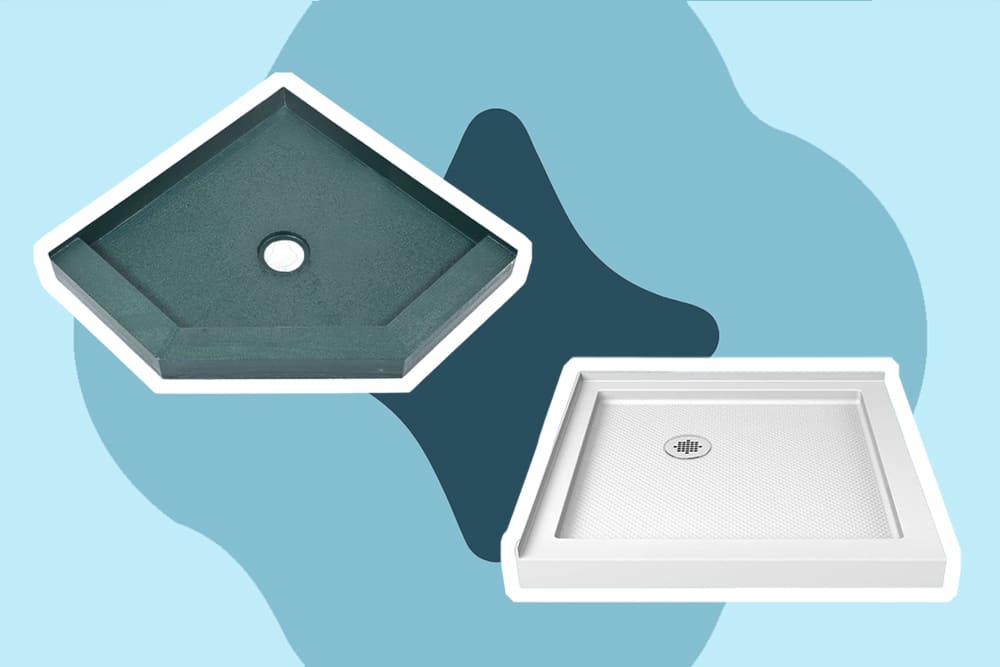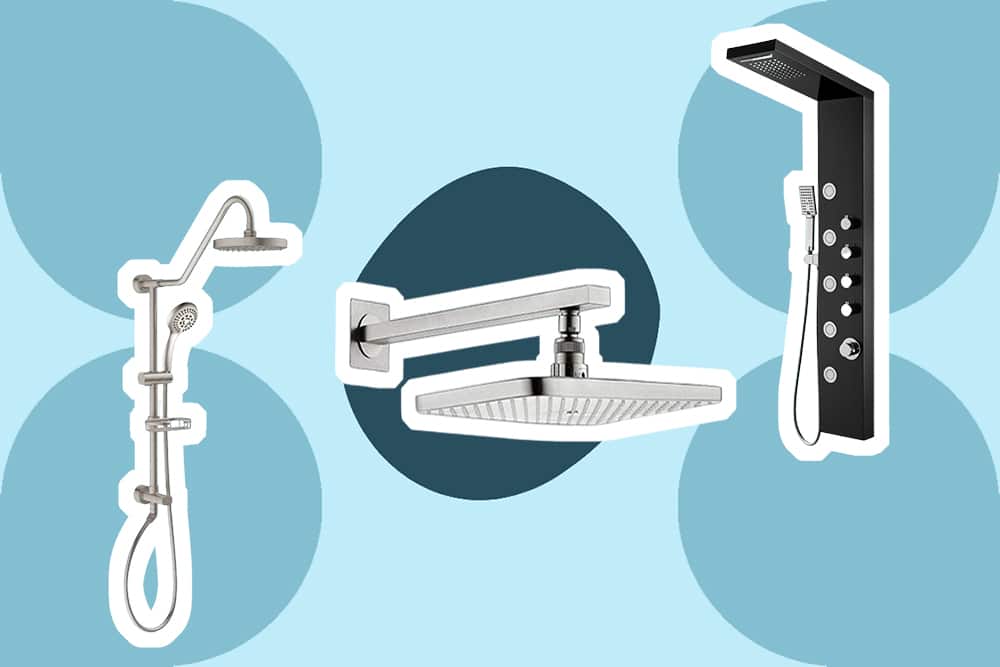

Clogged sinks are never fun, nor are they easy to always get unclogged. That’s why it’s important to know how to unclog bathroom sink Trusted Source How to clear a clogged bath sink drain - The Washington Post For a month, it’s been taking longer and longer for the water to drain from my bathroom sink. This morning the murky water is just standing there, not budging and defying my commands to exit my world and travel into the hidden plumbing pipes. I tried to pull out the stopper, but it only comes up so high and stops. I’m sure if I could pull it out, I’d solve the problem. www.washingtonpost.com so you can quickly solve the problem.
Unless you’re constantly on top of the issue, most sinks around bound to be partially or fully blocked at some point. A good percentage of blockages are in the trap of the sink, which is the U-shaped pipe underneath the sink. While the trap is there to help stop sewer gases from leaking in, it can also be a headache as it’s awkward to clear.
There are several ways that your bathroom sink or luxury bathtub can get clogged, but you do not have to call a plumber right away. Unclogging the sink doesn’t need to be a job for the professionals. You can get the gloves out and dive in yourself! Let’s take a look at how to unclog your bathroom sink.
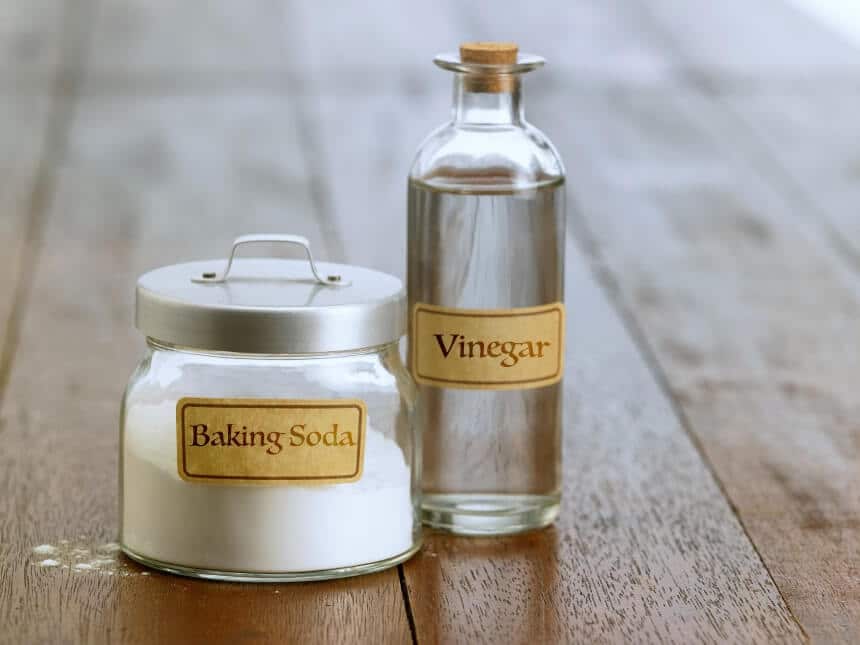
Before you get started even mixing the ingredients, make sure to clear out as much water that is built up in the sink. If it’s still draining slowly, then pouring boiling hot water down the sink drain can help loosen up the clog before you get started.
Once it has drained, you can mix about a cup of baking soda and a cup of vinegar together and pour it down the drain. You may have to help the baking soda get down the drain by using a tool to push it down. Put a stopper in and give it about 20 minutes or a little over to let the solution work some magic. When this is done, you can wash out the drain with some warm water and repeat as needed.
If you don’t have any vinegar laying down or just can’t stomach the smell, try baking soda and salt. Mix about a cup of baking soda with about half a cup of salt and push it down the drain. This mixture will need to sit a lot longer for a couple of hours, and then you can push it through with some boiling water.
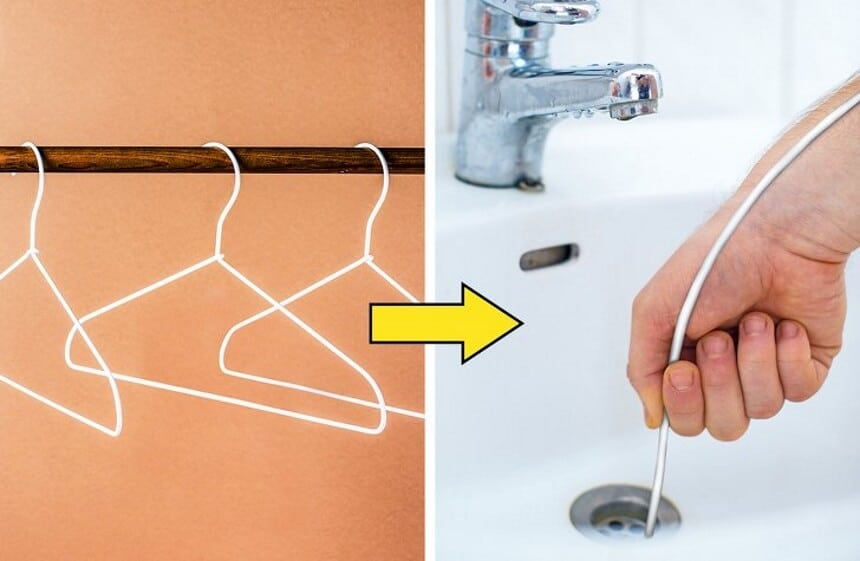
Straighten the hanger out as much as you can. Start feeding it down the sink gently, so you don’t scratch the drain. Once you hit the block, you can start pulling some of it out. Mixing the wire hanger with the at-home mixtures, you should be able to get it moved.
If you find yourself unable to clear the clog with this method, do not force it. The idea behind the wire hanger is that it can help break up the jam and help it move through. If you find yourself having to push and push, it would be best to move onto something else.
There are also some great products out there that can help you unclog a bathroom sink. If you are looking for a tool to unclog a bathroom sink, check the Omont Drain Clog Remover. Also, the Green Gobbler Drain Clog Dissolver might help a lot.

Fill the sink that has the drain clog with just enough water to cover the head of the plunger. You will need to push and pull the plunger as quickly and with as much strength as you can until you can hear the suction of the plunger clear the clog out.
You can damage the sink with excessive force, and then your problem just got a lot bigger than a clog. The water level in the sink will be a good indicator of how well the plunger is working. It is a good idea to run some warm water through when you are finished. Start slowly and then gradually increase it. This is a great method of how to unclog a bathroom sink full of water.
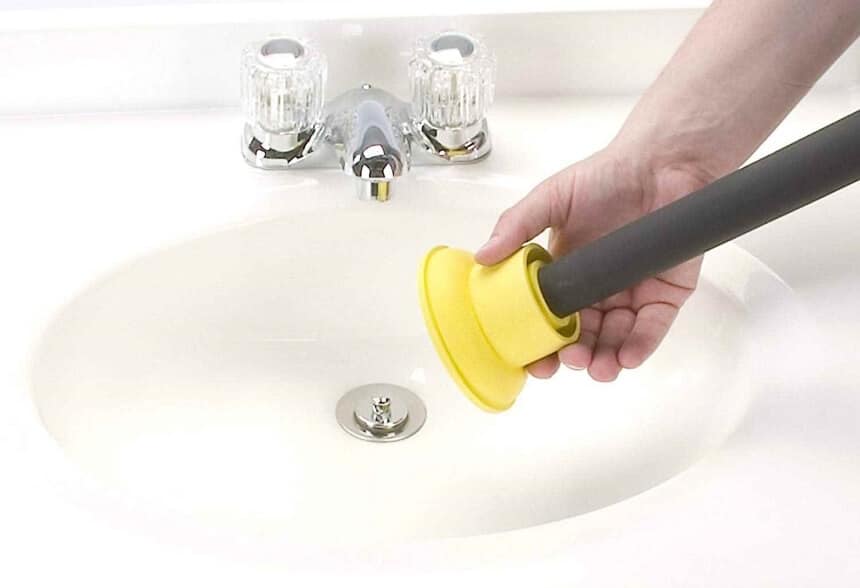
This will help the hose effectively suction out the blockage. Some things you can use to help create a seal are the top of a plastic soda bottle or a plunger head. Turn your vacuum up to the highest liquid setting and let the vacuum do the work.
The powerful suction is usually strong enough to dislodge the clog. Do not let the air push back into the drain and try to push the clog through. If you do this, it can put pressure on the pipes and create an even bigger problem.
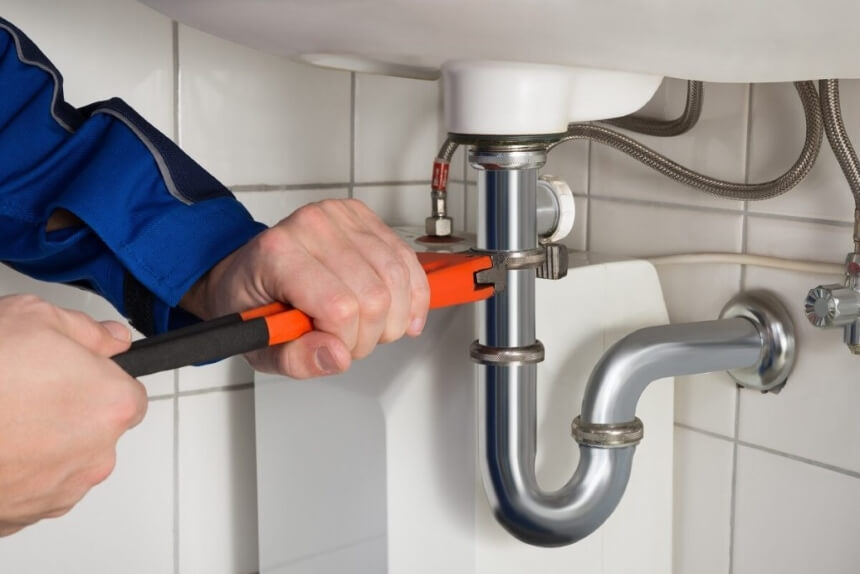
Put the bucket underneath the pipe to catch any liquids and start undoing the trap with a wrench. You will loosen the slip nuts at both ends of the pipe and then remove them from the plumbing. Shake or bang what you can out of the trap. If you still feel it’s clogged, you will have to dig around inside to dislodge the debris. When you get the clog out, run some warm water through it at another water source and reattach.
You may need this solution if you shave in your sink. It doesn’t matter whether you’re using the best Braun shaver or perhaps even a new Norelco shaver. They will all leave the same amount of hair in your sink. If you wanted to avoid this issue, then one solution is to line your sink with paper towels or just clean it regularly with baking soda and vinegar.
If you want to know how to unclog a bathroom sink with chemicals, then sodium hydroxide is your friend. Sodium Hydroxide, also known as caustic soda, is a last resort. If you do not have the means to unclog with a wet and dry vacuum or a wrench, then grab some protection wear and suit up.
Sodium Hydroxide can burn your skin, so rubber gloves and some eye goggles would be best in this situation. Instead of hot water like we used with the baking soda, you will use cold water. Mix them together with a wooden spoon. It’s going to create fizz and generate some heat.
Pour it down the drain and leave it for about 30 minutes. Flush it out with some boiling water and repeat the process if you notice the normal flow is not restored.
Don’t add water to a completely blocked drain. If you notice that your water is not going down the drain, turn it off immediately and start investigating.
Don’t ignore the stopper or strainer. These are common trouble spots for sinks since things wrap around the strainer and trap scum. Remove the stopper and pull it upwards, insert a wire hook into the opening and pull the blockage out.
Don’t plunge with excess force. We talked about using it strong and quick but not too strong. Excessive pressure can damage the line connection of the drain and leave you with leaks.
Don’t jam the clog deeper by pushing it further with an object. If you are forcefully pounding at the clog, it can damage your trap connectors or pipes.
Lastly, don’t hesitate to call a plumber. It is possible that if none of the above helped alleviate the clog, it could be a clog somewhere else in your drainage system.
If you are finding that these methods did not work for you at all or you still cannot clear it out all the way, do not hesitate to call a professional in.
Are you noticing some warning signs that your sink may be clogged? Is the water draining slowly or pooling in one area? Is there an odor near the sink? If so, then you probably need to try one of these methods to clear the problem.
As we’ve seen here, there are many solutions you can try before you ask for professional help. You can often use household items, but products such as plungers and drain unblockers usually aren’t expensive.
Hopefully, now you have a good idea of how to unclog bathroom sink and know how you can stop them in the future. One of these solutions is sure to work, and your sink will soon be draining like normal.
